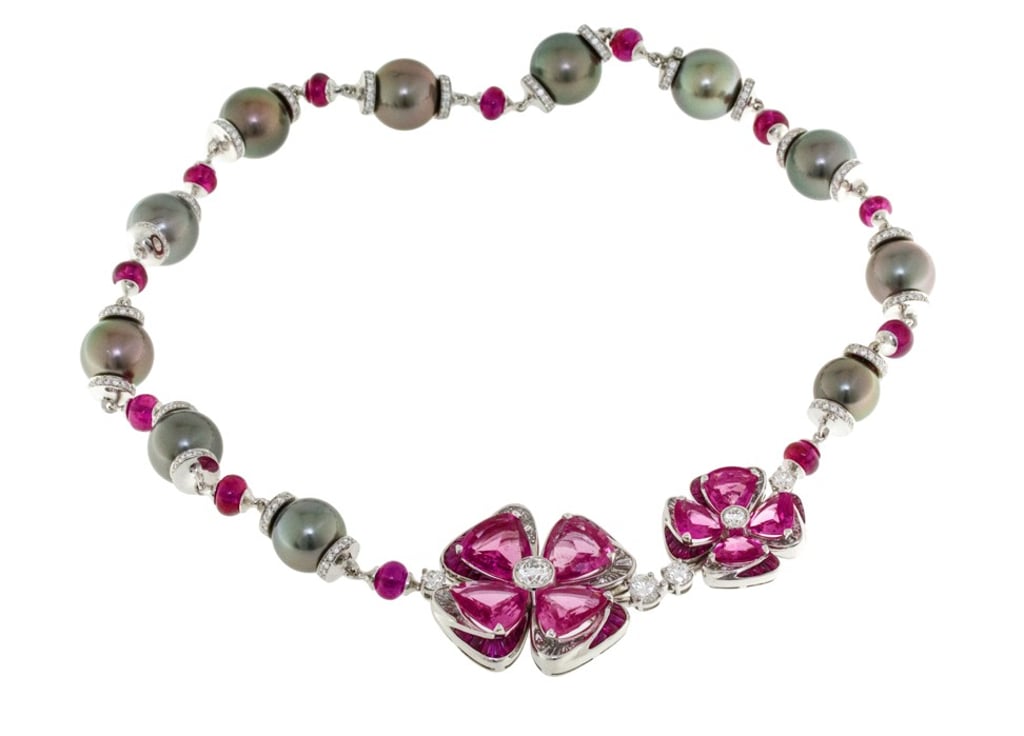Chanel, Piaget, Bulgari and other high jewellery designers create pearls of beauty – but would you pay US$5.7 million for a strand?

Cultured pearls are being used by luxury brands to create gorgeous earrings, necklaces and other pieces, and one strand just fetched US$5.7 million at auction
Pearls are basking in glory as a new generation of consumers discover their subtle allure. In the old days, when they were created only by chance, a search of thousands of oysters would turn up a natural pearl, making it an important financial asset.
However, the past 30 years has seen the major development of cultured pearls – created by a mollusc but with the help of human intervention. Shell beads are placed inside an oyster, which is returned to the water, where layers of nacre cover the “irritant”, forming a pearl.

“The only way to determine whether a pearl is natural or cultured is by getting a certificate,” says Noora Jamsheer, CEO of DANAT, the Bahrain Institute for Pearls and Gemstones. “Pearls are not transparent, but lab equipment can reveal the internal structure to determine if it is cultured by man or if it was formed naturally. This is important in protecting consumer rights.”

It’s no wonder the rarity of natural pearls continues to command significant prices.
“The rarest thing about natural pearls is the way they are formed. It’s incredible an animal can create something so beautiful and unique. The most sought after type is the natural pearl, with a perfectly rounded shape and a mirror-like lustre,” says Albert Boghossian, CEO of Geneva jeweller Boghossian.
The limited formation of natural pearls and soaring prices at auction houses are proof of their high asset value. In May, at Christie’s Geneva Magnificent Jewels Auction, a sautoir of 110 saltwater natural pearls, estimated at 2.5 million Swiss francs (US$2.5 million) to 3.5 million Swiss francs, went on to fetch 5.723 million Swiss francs.
At these prices, natural pearls are not for the faint-hearted; here’s where cultured pearls take over.
“South Sea pearls are considered to be the most valuable of all types of [cultured] pearls,” says Michael
Akoya pearls are often simply referred to as “cultured pearls”, as they were the first variety cultured in Japan. Formed by saltwater oysters, they come in a range of white and creamy tones, and in sizes starting from 3mm to 9.5mm, much smaller than South Sea pearls and perfect for designs requiring smaller, high-quality pearls.

Tahitian pearls come in grey to black shades, as seen in Bulgari’s High Jewellery Fiorever necklace featuring 11 Tahitian grey cultured pearls, pink tourmalines, bead and buff top rubies with fancy step diamonds and round brilliant diamonds.